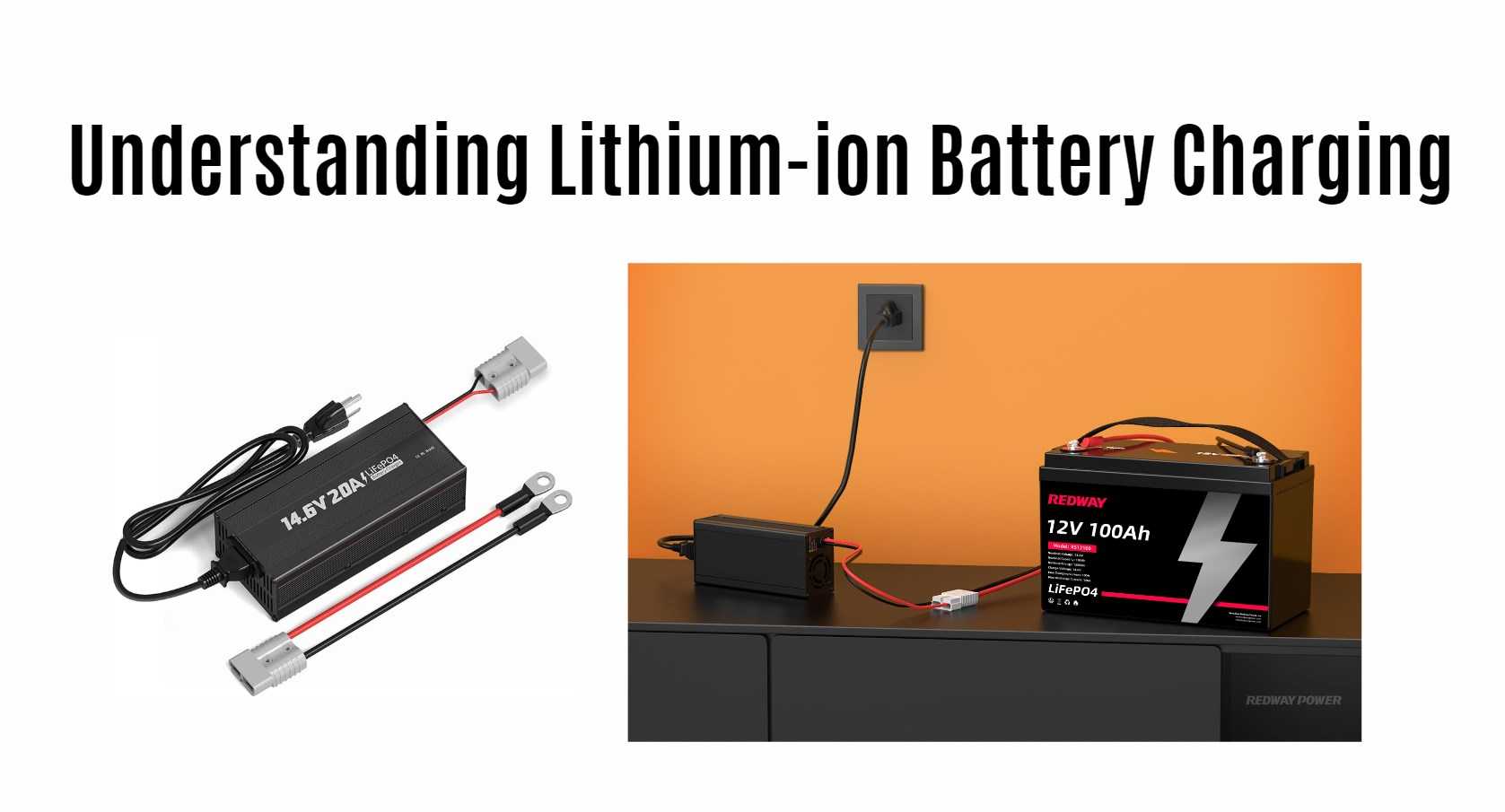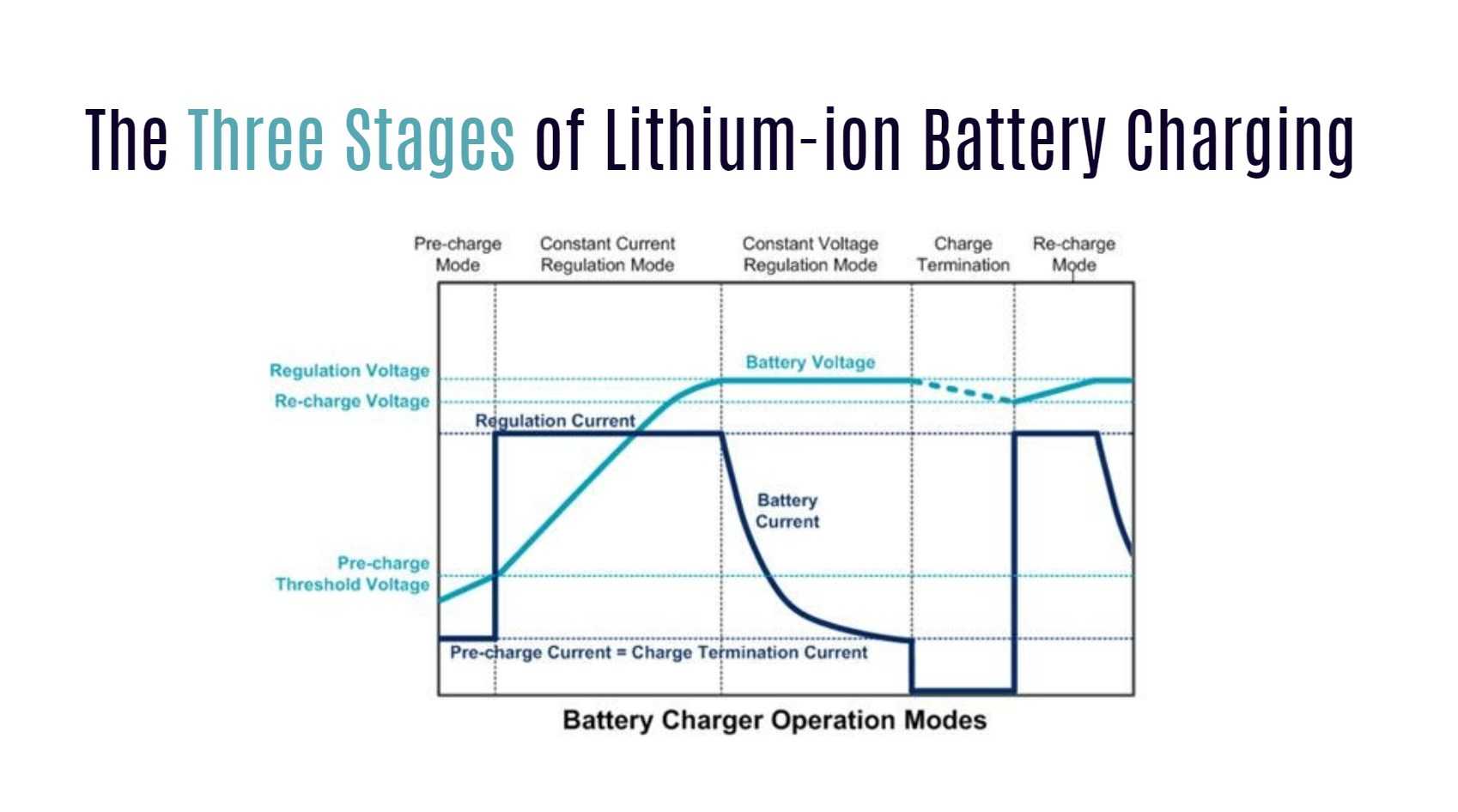Welcome to our detailed exploration of lithium-ion battery charging principles, where we delve into the intricacies of optimizing battery performance and longevity. Whether you’re a tech enthusiast, an electric vehicle owner, or simply curious about maximizing battery efficiency, understanding these charging stages is crucial.
The Fundamentals of Lithium-ion Battery Charging
Lithium-ion batteries are revered for their high energy density and low self-discharge rate, making them a preferred choice across various applications. Efficiently charging these batteries involves three primary stages:
Wholesale lithium golf cart batteries with 10-year life? Check here.
Stage 1: Pre-Charging
Before initial use, it’s essential to pre-charge lithium-ion batteries to activate them optimally. This process primes the battery for future cycles, enhancing its overall lifespan and reliability.
Stage 2: Constant Current (CC) Charging
Constant current charging is the initial phase where a consistent current is delivered to the battery. This stage compensates for the battery’s internal resistance and gradually increases its voltage until it reaches a predefined threshold.
Want OEM lithium forklift batteries at wholesale prices? Check here.
Stage 3: Constant Voltage (CV) Charging
Once the battery voltage approaches its maximum limit, the charger switches to constant voltage mode. Here, a steady voltage is applied, causing the current to decrease gradually until the battery is fully charged. This method prevents overcharging and ensures safe operation.
Advantages and Considerations
Constant current charging is favored for its gentle approach to battery health, minimizing stress and extending longevity. However, it requires specialized chargers to manage current flow effectively and avoid potential hazards like overheating or overcharging.
Best Practices for Lithium-ion Battery Maintenance
To maintain optimal battery health and performance:
- Use chargers specifically designed for lithium-ion batteries.
- Avoid exposing batteries to extreme temperatures or high voltages.
- Periodically calibrate chargers to ensure accurate voltage delivery.
- Implement smart charging strategies to balance speed and safety.
Conclusion
Understanding the nuanced stages of lithium-ion battery charging empowers users to maximize device performance and longevity safely. From pre-charging rituals to the intricacies of constant current and voltage methods, each stage plays a crucial role in preserving battery health and optimizing energy efficiency.
For further insights into enhancing battery performance and exploring cutting-edge technology, feel free to reach out to Redway Battery. Let’s embark on a journey towards sustainable and efficient energy solutions together! Our team of experts is here to guide you through the process of selecting and maintaining the right lithium-ion batteries for your needs, ensuring you get the most out of your battery investment.







